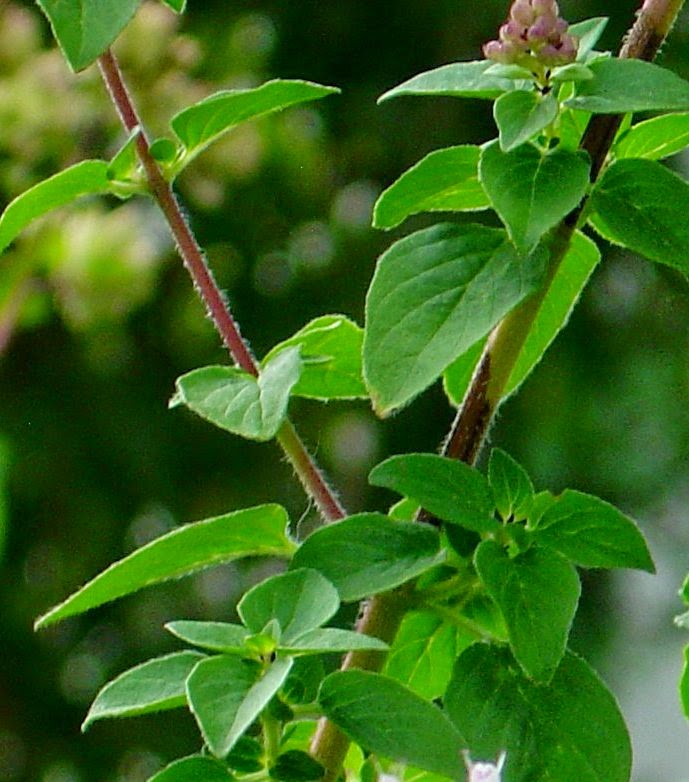Judul : How to make a Pet Friendly Garden
link : How to make a Pet Friendly Garden
If you have pets and you also want to do gardening you need to...
If you have pets and you also want to do gardening you need to consider two major issues.

- Pets can provide certain damages to your garden
- Your garden may cause some harm to your pets.
Now lets consider those two points in detail and the steps to counter those problems.
Damaging impacts of pets on the garden:
Like it or not, pets have a tendency to destroy the vegetables which have been planted.
Urination is a very common phenomena. Dogs tends to urinate in the gardens. Sometimes it is so toxic that it can kill grasses. The best you can do is to put some water over the place to dilute the impact. Remove any dog poo immediately and don't wait for they to dicey.
Open Garden space is heaven for cat littering. Don't keep any garden beds open. If you don't have anything to grow, cover it with mulch or plastic. Open garden beds are the place where cats prefer to littre.
Building a fence around the vegetables or the garden to protect the plants. Here is an article you should read on building fences.
In case of cat this type of fencing might not work. So what you can do is use plastic forks and plant them evenly(not more than 8 inches apart) in your garden with the pointed side upwards. The best part of using plastic forks is cats will not get injured and also learn to avoid the garden.
Plant thorny plants like roses. This will discourage pets like dogs to enter your garden.
In case you have cats, building a small separate garden with catnip and grasses is a very good idea. It can distract the them from your prized scalp.
Larger plants are generally less disturbed by the pets than the smaller ones. So in case the the plants are very tine right now use some kind of cage to protect them till they grow bigger.
In some extreme cases you might have to use different repellants (it should be pet friendly) to keep them away.
A garden can also harm the pets:
Now consider the second problem. How much we may want our pets to stay away from the plants chances are that they would reach there. So it is for the sake of our pets, we have to select our plants wisely.
There are several plants that are hazards to pets and can create a lot of trouble if they come in contact with those. Avoid them at any cost. Most of the dogs don't chew any plant but small puppies some times tend to do so.
Don't go for chemical herbicides or fertilizers. Being organic is the first thing you can do to keep your pets safe. While applying any kind of fertilizers or pest repellants or weeding your plot keep your pets inside your house and don't let them into the garden.
In case you find your pets to act unusually like vomiting, wobbling or salivating excessively consult your nearest veterinary for guidance.
Having pets and a garden is all you need to spend your quality time. If you follow these tips you can enjoy both without sacrificing the other.
What do you think about this article, share your thoughts and let us know:














